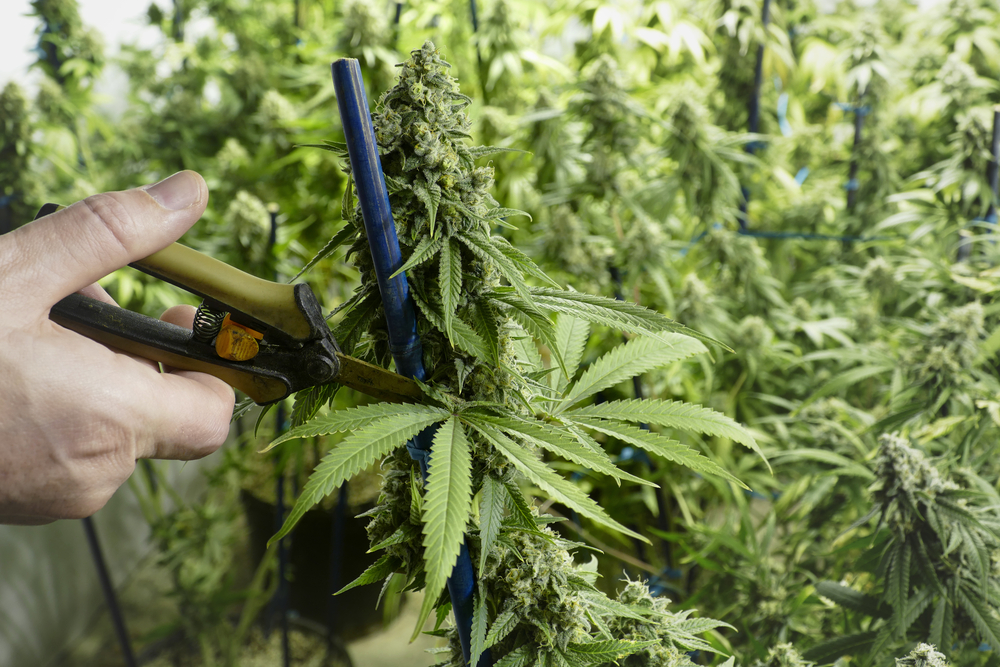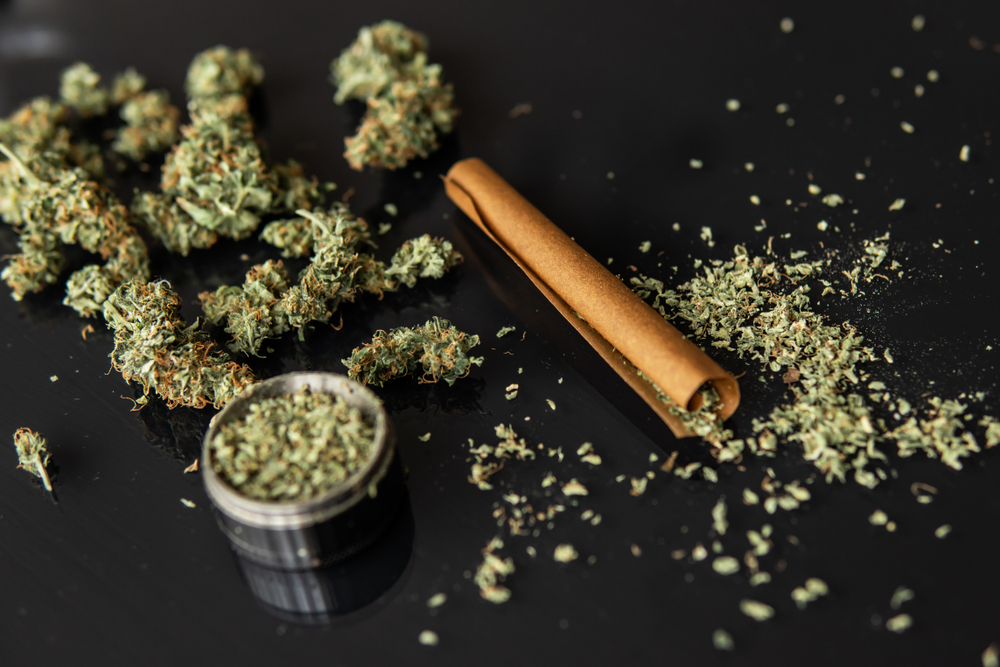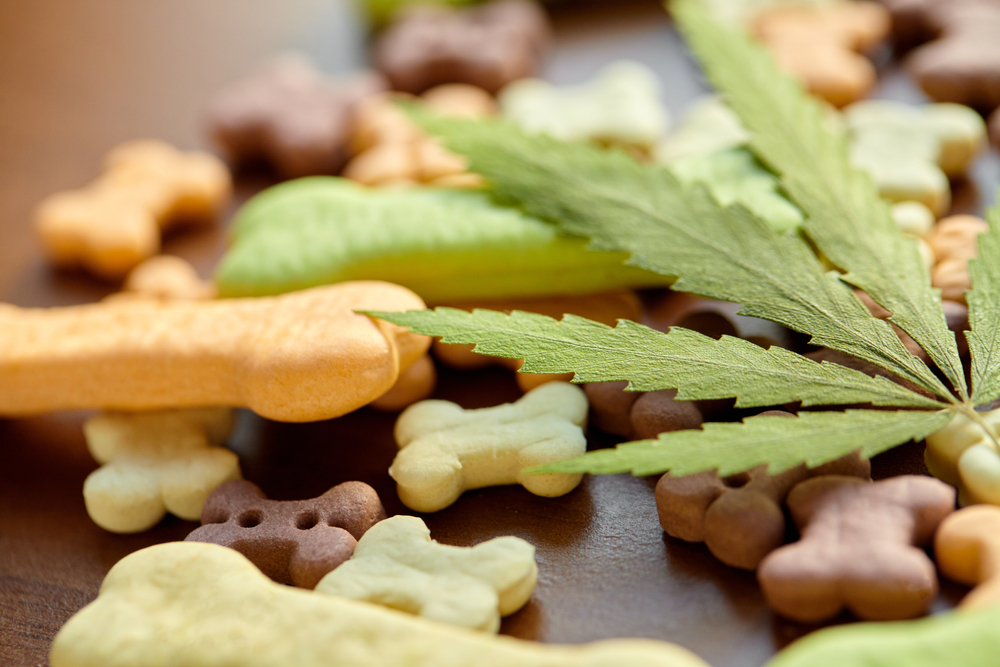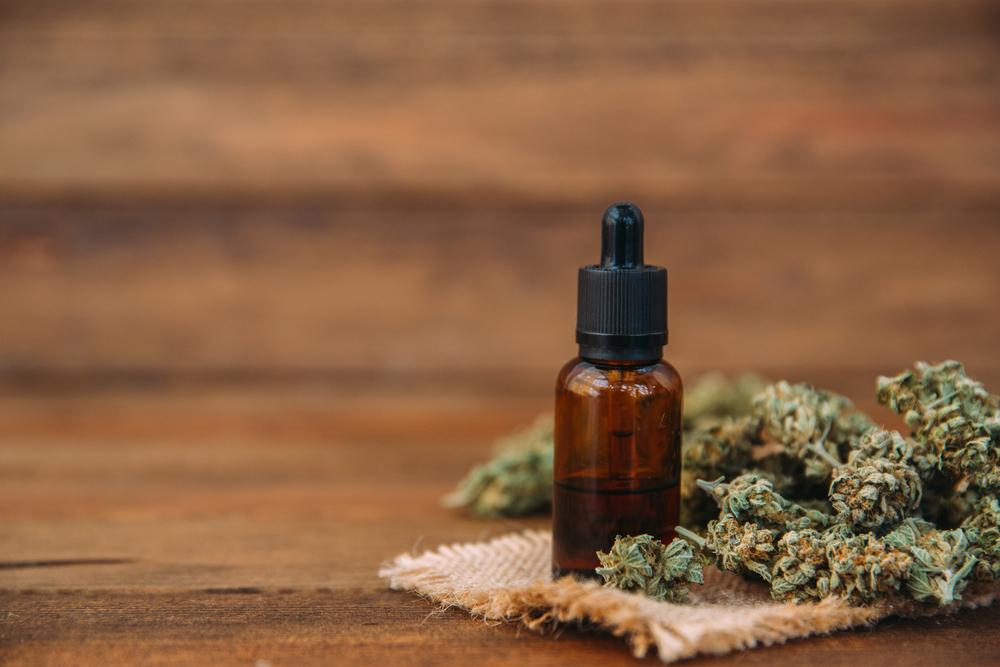Education
Trimming Weed: Manicuring Cannabis 101
Growing cannabis isn’t free of challenges.
Harvesting at the right time requires a little expertise if you want high cannabinoid profiles in your plants. When harvesting is done, trimming weed is the next stage that follows, which can be laborious and time-consuming for many.
But you better get trimming weed right, otherwise, mold and excess plant material will render your plants mediocre. Why settle for mid-grade bud, when you can put a little extra effort for the “dank”?
In this guide, we’ll help you achieve your high-grade ambitions by breaking down not only why you should trim weed, but also when you should do it, and critical steps to ensure you’re doing it right.
Why Trimming Weed Is Important
If you want great, quality weed, then you have to learn how to best manicure bud to best present it. You can skip the process if you’ll like, but there’s a reason why so many growers recommend at least a minor trim. There are generally 4 reasons why it’s important for the final result of your cannabis plants–they are potency, experience, appearance and vitality.
- Potency: Trimming weed meticulously ensures the person who’s consuming it isn’t taking in excess plant material that serves no medical or psychoactive purposes
- Experience: Piggybacking from the above, if you’re consuming excess plant material, the experience will be diluted with non-purpose serving leaves. As mentioned, sugar leaves contain very minimal cannabinoids, while fan leaves have zero amounts. On top of this, the sugar leaves may contain chlorophyll, which makes the smoking experience more acidic and bitter.
- Appearance: Ever purchase a significant amount of cannabis only to receive a few small buds surrounded in a forest of leaves? What about grinding leafy weed? You get the point, trimmed weed makes for easier cutting and is generally perceived as higher grade than those that aren’t trimmed.
- Vitality: The next stage after trimming your plants is curing. When you trimming weed is done right, this aids in the curing process as your buds have increased airflow, therefore reducing moisture collection.
Wet vs Dry Trimming and Hand vs Machine
Before getting into step-by-step specifics, you’ll need to know about the different ways to trim weed, specifically the differences between wet, dry, hand and machine trimming.
Wet Trimming: This approach trims all leaves, sugar and fan, 1-2 days before harvest. It’s especially important for minimizing mould and when humidity levels are above 60% RH. If your goal is speed and less difficulty, wet trimming is your option.
Dry Trimming: Less concerned about mold, while having humidity levels below 45% RH? You can remove only the fan leaves before harvest and then remove the sugar leaves after your buds have dried. If you want a gradual drying process that creates more dense buds and are less concerned about the color of your plants, this is your option.
Hand or Machine Trim? : If you’re not low on funds, invest in a machine to help your manicuring challenges. Doing so can save you countless hours, along with physical hardships. Prices and sizes do vary. If you’d rather go old school, make sure you have sharp scissors at your disposal.
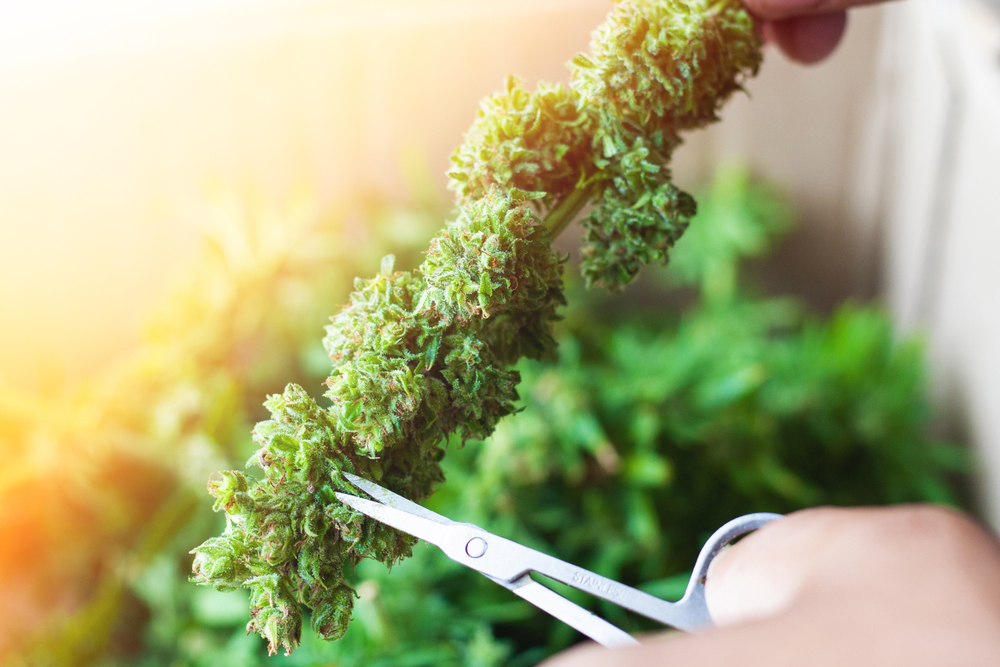
How to Trim Weed – Step-by-Step
Before moving further, you need to have certain plant anatomy lingo at your disposal.
Let’s start with “fan leaves”– these are your plant’s biggest leaves that play the role of supplying energy to the entire plant through photosynthesis. Fan leaves aren’t meant for consuming for psychoactive purposes, as they contain no cannabinoids.
“Sugar leaves” on the other hand are leaves on the cola of your plants, the dense core with all the buds. Sugar leaves have small amounts of cannabinoids and are usually saved for a host of other cannabis delicacies–think edibles and concentrates.
Now to the nitty-gritty of manicuring weed. Doing so is a 3 stage process that entails of setting up your room, finding the right tools and having the right procedures in place.
Trimming Tools
Temperature, humidity and a well-ventilated room for manicuring weed is crucial. The temperature should be roughly 21 degrees Celsius; the humidity levels should be in-between 45-50%; while hood fans can be used to increase room ventilation. If the smell is an issue, use a carbon or HEPA filter to minimize it.
Alongside the above, comfortability is just as important since the process of trimming weed can last for hours at least. You’ll want to source a comfortable chair; it’s best you have your entertainment needs met with podcasts, music and movies; and lastly, don’t forget to take breaks.
Here is a list of must-have tools to get the trimming job done right.
Cannabis specialty trimming scissors: Use a general pair for cutting branches and stems. Use a more precise pair for manicuring and ensure both are sharp and sterilized while being easy to clean. Need a suggestion? Try spring-loaded scissors.
Use a stainless steel or pyrex glass surface to trim: Otherwise, you’re adding extra time to your duties by having to clean stick resin and trichomes off your surface.
If using a chair set the correct height for your posture: Try adding standing up to the mix here and there
Have the right gear: This means having gloves and an apron to keep you clean. Silk is ideal as resin won’t stick to it.
Collect your leaves: You can use a silkscreen placed over a bucket or a tarp to collect resin particles. Save these as they can be consumed on their own or uses for making other cannabis delicacies.
Cleaning supplies: A rag with a cup of rubbing alcohol will be needed to clean the resin from your hands and your scissor blades.
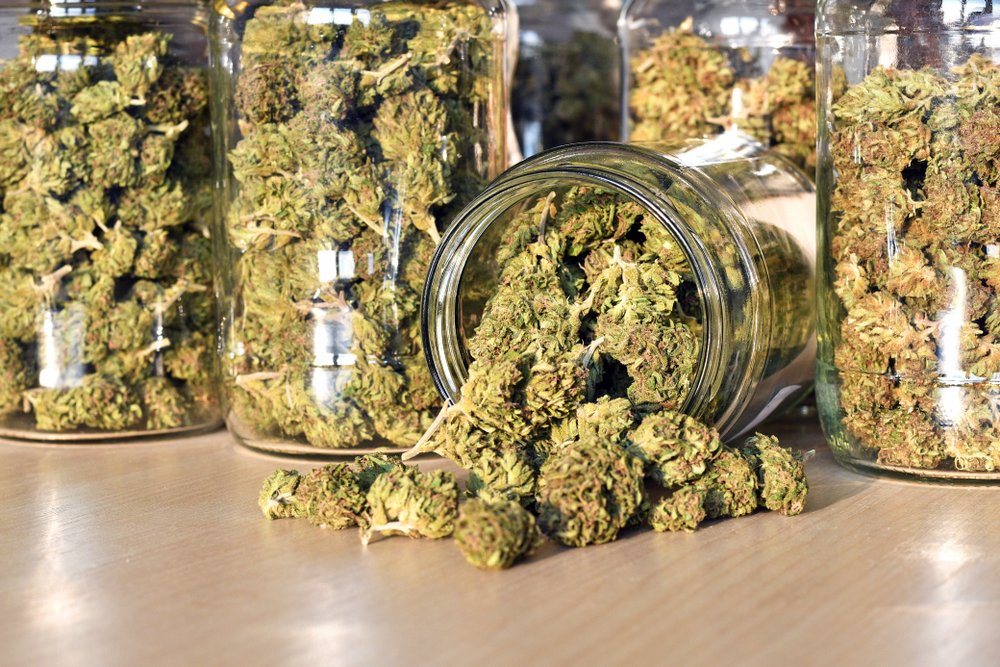
Directions for Trimming Weed
So, if you’ve opted for the hand-method, you’re looking at roughly 6-8 hours for a pound of cannabis (16 ounces). Be patient, and follow these steps, as it will take time. Here’s how to manicure your bud and the branches they come in on.
Trim fan leaves
Know the difference between fan and sugar leaves. Fan leaves have zero trichomes on them.
Trim buds from the branches
In the selection of buds, remove the larger buds from the branches. You’ll want to cut at the base of the branch to preserve the integrity of the bud.
Trim buds
The goal here is to create a uniform surface around the buds and to ensure the stems are only exposed at the bottom. As for pistils, they can be trimmed down to the foliage.
Containers
Store buds in airtight jars or containers when finished. This makes it ready for the curing stage, which you can read more about here.
Clean up
While cleaning up, you want to collect resin from your scissors and gloves. For gloves, place them in the freezer for 60 minutes as collecting the resin will be a lot easier afterwards. You can place both your collection sugar leave trimming and resin powder in an airtight container for later use.
Finally Ready to Trim Weed?
Trimming weed is a critical stage in the process of growing. Without it, your plants are more likely to develop mold, will have a harder time for curing, and you won’t be able to collect massive amounts of resin and trimmings for later use.
Whether its hand, machine, wet or dry trimming you engage in, be patient and keep your mind on the end goal for a high-grade cannabis strain to consume.
Good luck!



